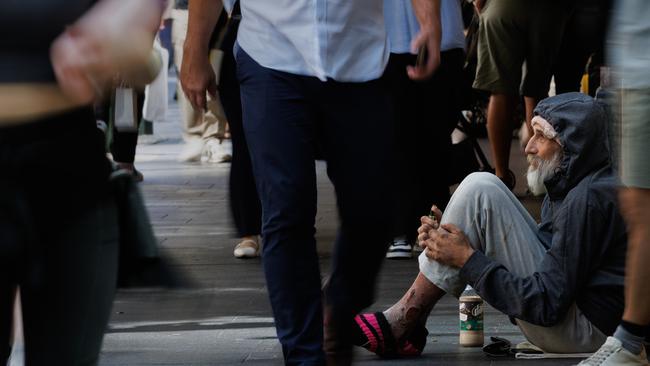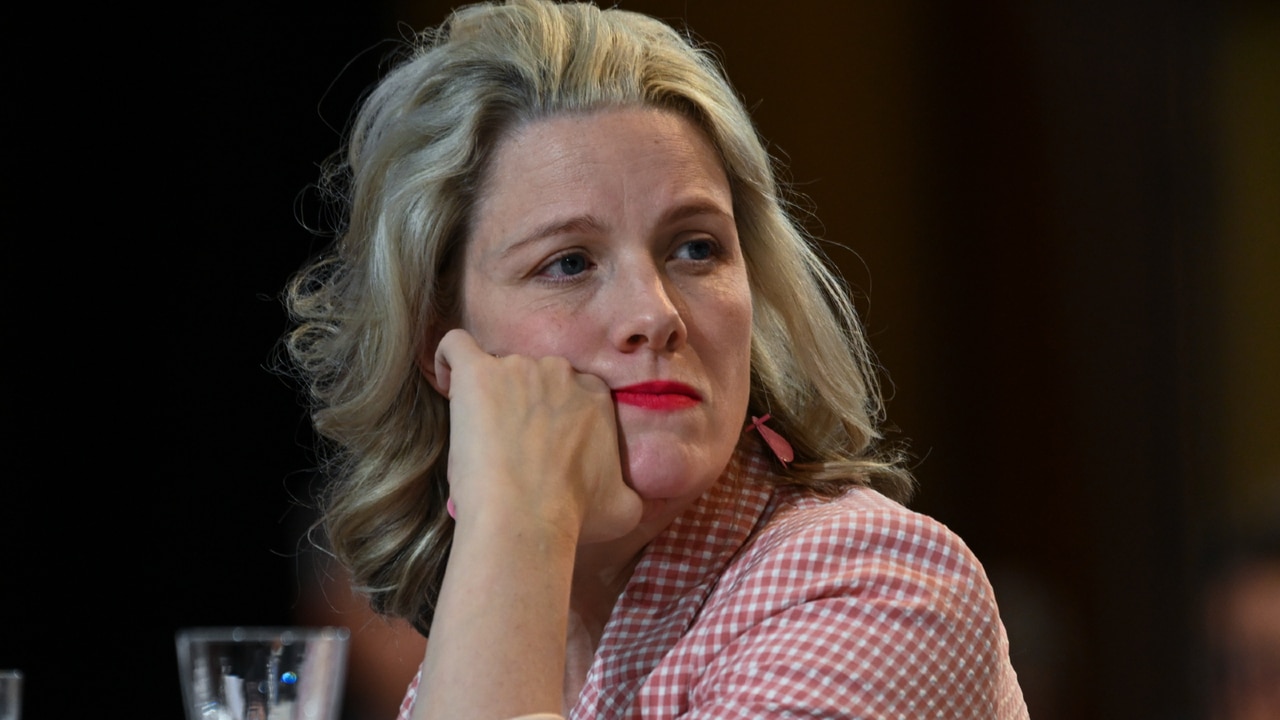Greens push on housing reforms as many at risk of homelessness
The number of Australians at risk of homelessness has surged by more than 60 per cent in the last eight years to three million, a Homelessness NSW and Impact Economics has revealed.

The number of Australians at risk of homelessness has surged by more than 60 per cent in the last eight years to three million, a Homelessness NSW and Impact Economics has revealed, with frontline services forced to close their doors and leave desperate calls unanswered.
Amid the ongoing housing crisis and calls from the Greens for the federal government fund the construction of an extra 25,000 social and affordable homes, the national survey revealed people in Victoria face the worst pressure, with nearly one million people at risk, while Queensland and NSW each have around 700,000 facing homelessness.
The survey, which was conducted across 23 specialist services, revealed that in just two weeks last September, services closed their doors for over 200 hours, left phones unanswered for 325 hours, and failed to respond to 666 urgent emails.
“Demand for homelessness services has erupted and the system is so under-resourced that people who are homeless can’t get in front of a worker who can help them,” Homelessness Australia chief executive Kate Colvin said.
“Homelessness services simply don’t have the staff to stretch to everyone needing help, and have to go on ‘bypass’, and triage support to people each day. This means opportunities to help people avoid homelessness are missed; and people go longer without support or miss out entirely, making the path out of homelessness longer, more brutal and less likely to succeed.”
The fresh data revealed families with children seeking crisis accommodation were being turned away on one in five days, while individuals faced rejection every second day.

More than 80 per cent of services were unable to answer phone calls at times, while a further 74 per cent couldn’t respond to urgent emails and nearly 40 per cent of services had been forced to close their doors during operating hours.
The report’s author, Angela Jackson, said it was critical “structural issues” around the crisis were addressed, on top of support being provided to deal with current crisis.
“Most of us would expect that if we needed help with finding somewhere to sleep tonight or to avoid eviction, we would receive that help – but that is not the reality for many with homelessness services overly stretched,” she said.
“Cost of living increases always hurt those on lower incomes the most – and these figures highlight the extent of hardship.”
Redfern’s Women and Girls Emergency Centre chief executive Nicole Yade said than 200 women and children were given crisis accommodation each night, most of whom were fleeing family violence.
“We are constantly swamped with demand and forced to make impossible decisions about who we should support,” she said.
“On some nights, our frontline refuge managers have one vacant room and three or four families who need it. How do you decide who needs it most? It’s an impossible decision. We try to take in the person with the highest needs or at the most risk.”
The report also showed the crisis had expanded beyond traditional at-risk groups, with former private renters now resorting to couch surfing, cars and tents.
The figures come as Labor faces fresh demands from the Greens to increase the number of social and affordable housing in exchange for the minor party’s support of the help to buy and build to rent legislation.
However, Housing Minister Clare O’Neil has blasted the demands as insincere, given the limited time they allow the government to cost such policies before parliament rises for the year.








To join the conversation, please log in. Don't have an account? Register
Join the conversation, you are commenting as Logout